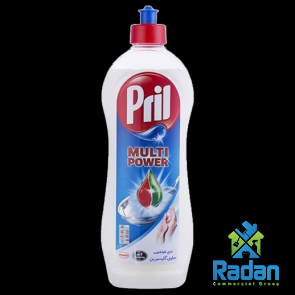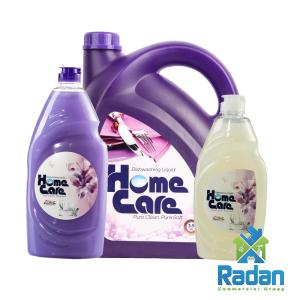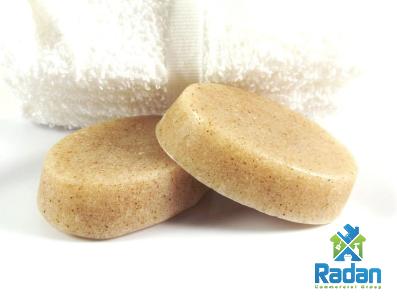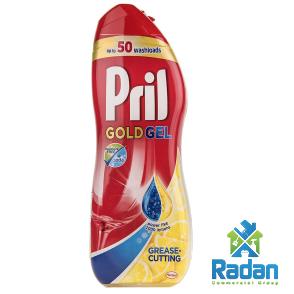Is Korta liquid hand wash SDS offering real data
Since there are many fake manufacturers in detergent market you may want to know is the SDS korta as a great liquid hand wash is offering reliable and real data or not? You must know, there can’t be a wrong data in this document
how to make liquid hand wash commercially
The crucial 16-part Safety Data Sheets (SDS) serves the only aim of providing comprehensive information about dangerous compounds
By offering suggestions for correct handling, storage, transit, disposal, and emergency procedure information, they aid in detecting and controlling the hazards connected with the use and management of hazardous chemicals
Consider an SDS as a cheat sheet to assist you in handling chemicals
Before the Hazard Communication Standard (HCS) division of the Occupational Safety and Health Administration (OSHA) partnered with the Globally Harmonized System of Classification and Labeling of Chemicals (GHS) in 2012 to rename and standardize the MSDS process, Safety Data Sheets (SDS) were known as Material Safety Data Sheets (MSDS)
Prior to 2012, local laws varied on the layout and information included in an MSDS
This adjustment was implemented for uniformity across areas since the GHS system is utilized across the European Union
When is an SDS necessary?
Your responsibilities to submit an SDS may vary somewhat according to the jurisdiction
The SDS for any hazardous chemicals or substances being used, stored, or transported in a workplace must be kept up to date and compliant by producers, distributors, and importers in general
You will need to write your own SDS if there isn’t one already accessible, such as when you’ve invented a brand-new substance
Chemwatch provides two SDS writing technologies, AuthorITe and GoSDS, that you can use to quickly build customized SDS that adhere to GHS standards
SDS includes important details on dangerous chemicals, such as possible dangers from using and storing them, as well as instructions on how to do so safely
The obligatory 16-section structure is intended to assist chemical users in minimizing any problems that could develop
These paragraphs cover:
1
product description
The most fundamental identifying facts regarding the drug are included in Section 1 of the SDS, including the chemical’s common names, pertinent recognized uses, supplier information, and emergency contact information
2 Identification of hazards
This section uses hazard classes, danger codes/statements, precautionary codes/statements, signal words, and hazard pictograms to describe the hazards connected to the chemical compound
The pictograms are clearly displayed to help users quickly and easily identify hazards
Physical, environmental, and health hazards are represented by the nine pictograms
3 Ingredient composition and information

powder to liquid hand wash formulation
This section includes the components and their concentrations
A certain amount of security is attained by releasing percentage ranges rather than specific percentages of their formulations since the concentration of chemicals that go into a given chemical is often secret knowledge
A chemical could, for instance, include 10–30% of chemical X and 30–40% of chemical Y
4 first assistance techniques
The suggested medical treatment for chemical exposure is described in this section
With advice ranging from “wash skin and hair with running soap and water” to “get medical treatment if discomfort arises,” for example, exposure is often achievable via eye contact, skin contact, inhalation, and ingestion
5 ways to combat fires
Chemicals may often be more flammable depending on the specific material because of its composition or storage circumstances
This section offers guidance on how to put out fires using the chemical if the need arises
6
accident release precautions
Accidents are an unavoidable aspect of handling chemicals, and this section offers crucial advice on what to do in the event of a spill or discharge of a chemical
The sort of PPE that is necessary, measures to be taken, emergency procedures to follow, and cleanup suggestions are all included in the information
7 Storage and handling
The safe handling and storage procedures that are advised to reduce exposure are laid forth Use in a well-ventilated environment is an example of the kind of advice given in this section
8 Exposure management/personal safety
Personal Protective Equipment (PPE) and other safety gear are essential for reducing chemical exposure
The installation of eyewash stations, safety showers, air exhausts, as well as the use of certain PPE by users, including safety glasses and respirators, are among the suggestions made in this section
9 Chemical and physical characteristics
The chemical’s physical and chemical characteristics are described in this section
It gives details on the substance, including its shape, appearance, fragrance, melting and freezing points, and even how it tastes
10 Reactivity and stability
The entirety of section 10 refers back to handling and storage in section 7 of the SDS
This section’s stability/volatility of the material is the major source of fresh information
This is especially significant in light of how it is transmitted
12 Toxicological details

shield plex liquid hand wash
A crucial portion of the SDS is Section 11, which describes the symptoms you may experience after being exposed to the toxin through all potential routes (inhalation, ingestion, skin and eye contact)
12 Environmental data
The impacts of the chemical on the environment are described in this section if it is released
information on the potential for bioaccumulation, ecotoxicity, and other negative impacts
13 Ideas for Disposal
The suggestions on how to get rid of the chemical ultimately are laid forth in Section 13
Ideal disposal containers, the consequences of sewage disposal, safety considerations for incineration/landfill, and chemical qualities that may influence disposal alternatives will all be included in the recommendations
14 Transportation data
Any shipping labels must include the information specified in the transport information section
These labels must contain the following information: UN numbers, correct shipping/technical names, the transport danger class, the packaging group, and any other specific transportation measures that must be observed
15 Regulatory details
Around the world, regulatory data pertaining to health, safety, and the environment is constantly being updated as a result of new research and discoveries that result in revisions to the law
Updates on hazards, new knowledge from fresh research, and information that is judged no longer compliant are some examples
This part of the SDS will include all of these modifications
16 Additional details
Information on the SDS’s version history and comprehensive descriptions of all acronyms used throughout are provided in the SDS’s final section
Now that you know it does matter to buy from a reputed manufacturer, you can refer to us for buying any kind of detergent in your desired quantity
We are reachable 24/7 and to get more information, get in touch with our sales managers










